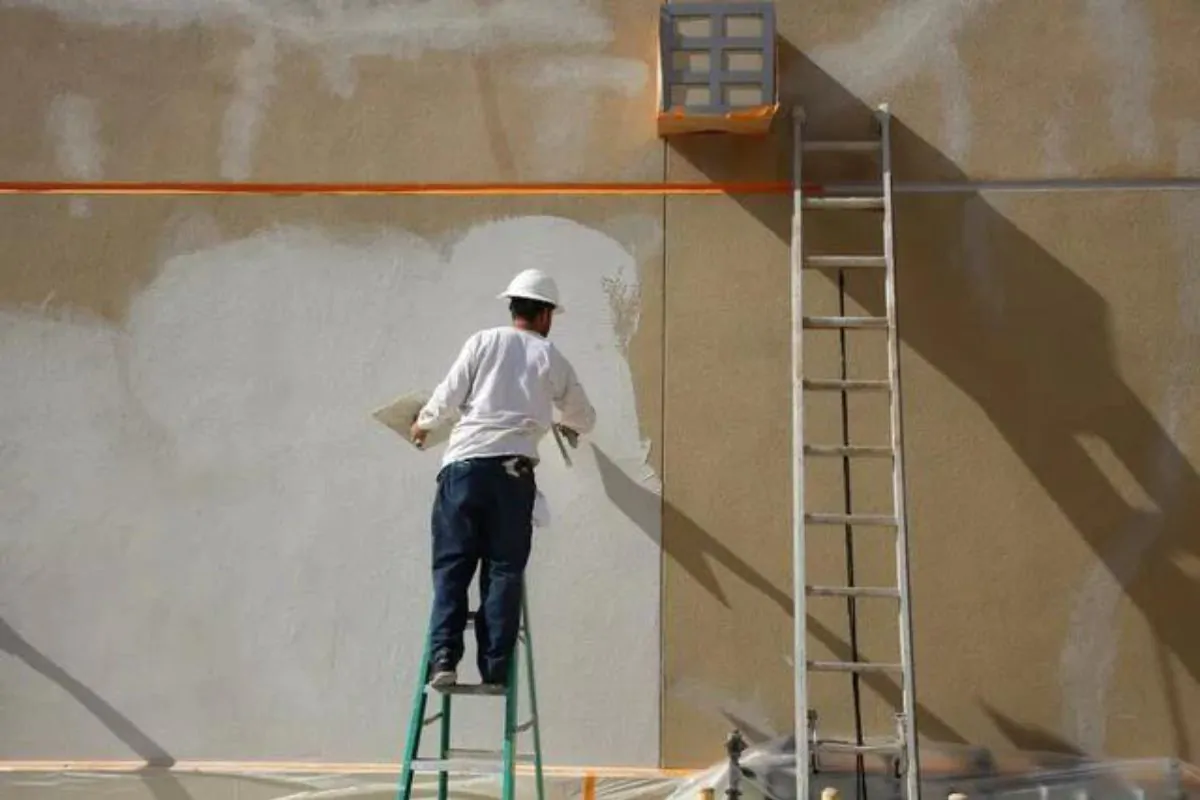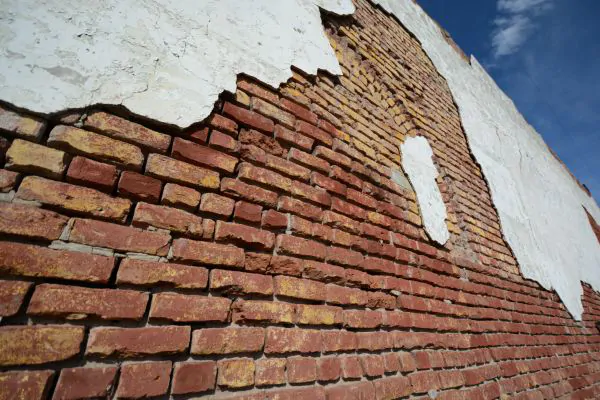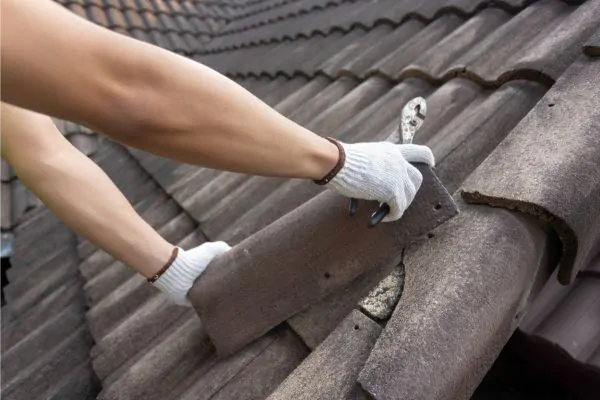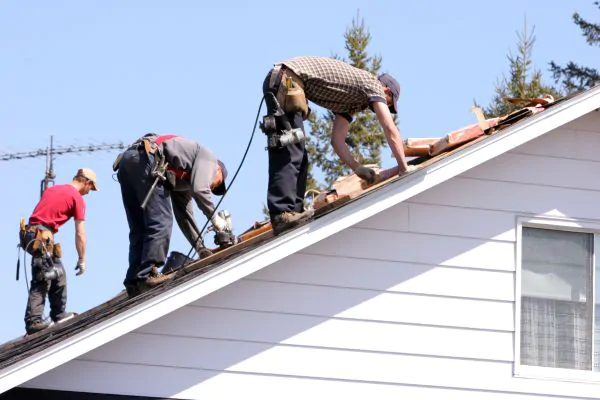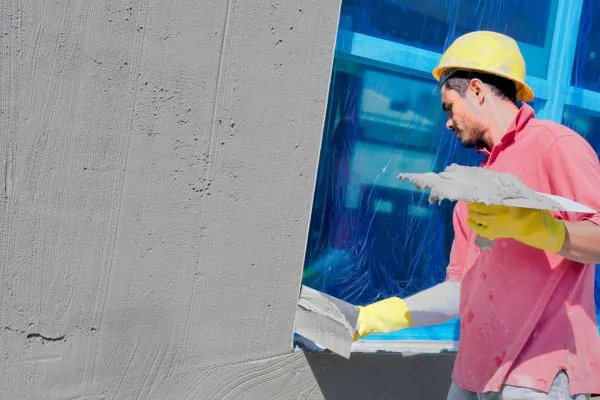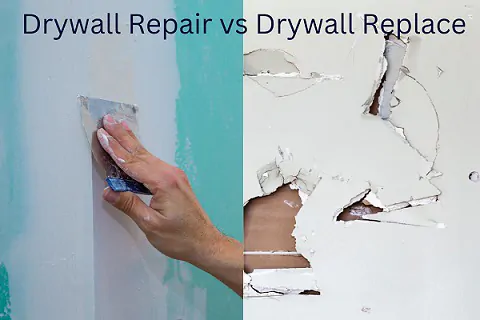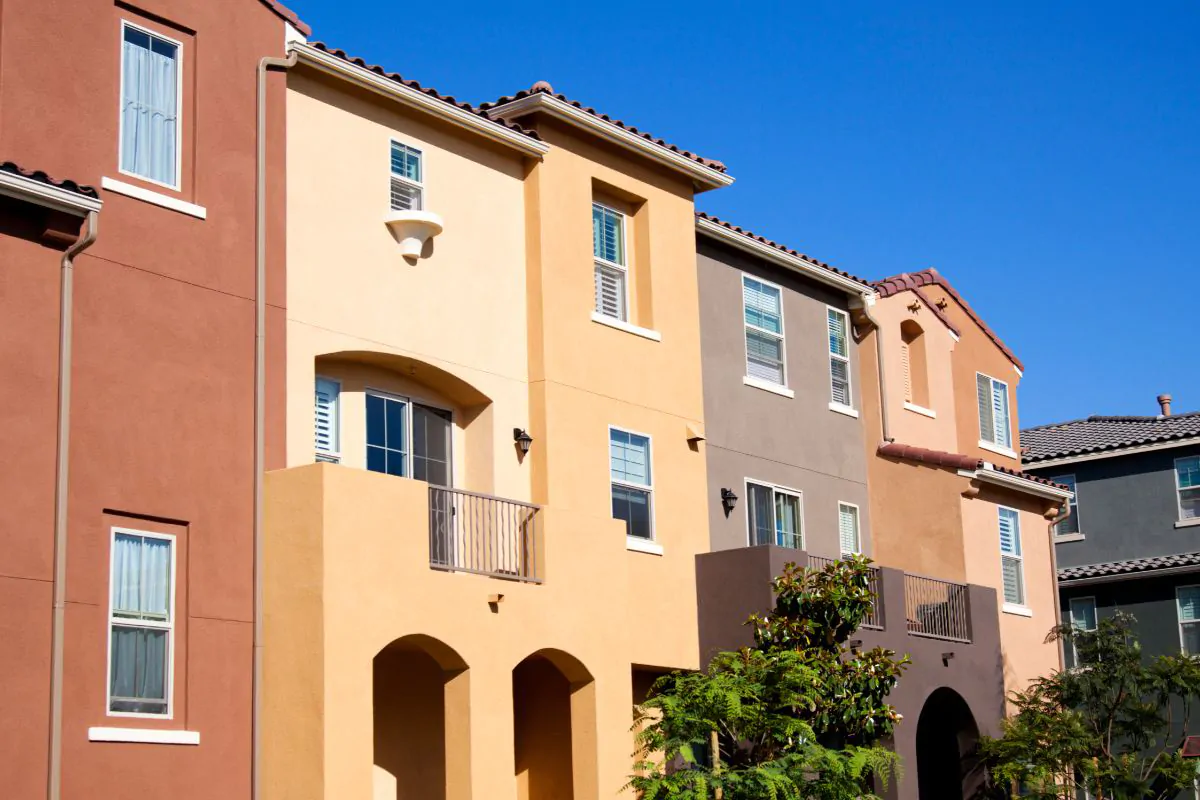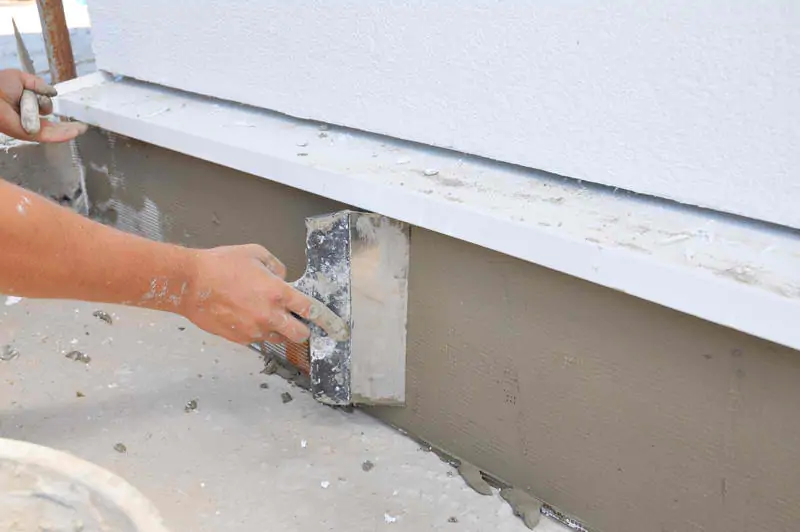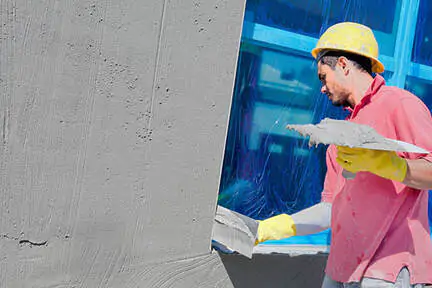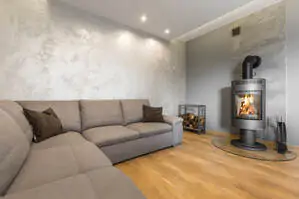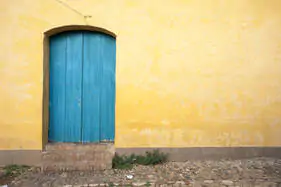Learn the best methods for stucco application in cold climate. Ensure proper curing, temperature control, and insulation for a durable, long-lasting finish during winter month. Many people think it’s unwise to stucco a house in the winter. And that’s usually the case. But it’s not an issue if your stucco contractor is experienced and knowledgeable.
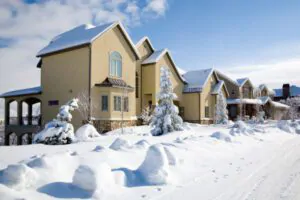
The average daylight temperature in Santa Fe is between 40°F – 50°F, and the minimum temperature required for stucco curing is 40°F. Also, some techniques can increase the efficacy of stucco application in cold weather.
In this blog, you’ll find out why it’s safe to stucco your house or building in the winter.
Applying Stucco in Santa Fe During the Winter
Santa Fe, New Mexico, has a semi-arid climate with distinct seasons. In Santa Fe, the best time to stucco your house is in the spring and fall, as these seasons offer more moderate and stable weather conditions.
Stucco application in Santa Fe is less common during winter. The colder temperatures, occasional freezing conditions, and reduced daylight hours can make it more challenging to cure and dry the stucco properly.

However, an experienced local stucco contractor will already know this and plan accordingly.
Tips For Stuccoing Your Home In Cold Weather
Stucco application in cold weather can be challenging, as low temperatures and freezing conditions can affect the curing process and the overall quality of the finish. However, if you need to stucco your home during colder months, here are some tips to help you achieve a successful application:
1. Temperature Considerations
Avoid stucco application if temperatures are consistently below freezing (32°F). Stucco cannot cure properly in freezing conditions.
Stucco work is more feasible when temperatures are between 40°F and 90°F.
Plan the work during the warmest part of the day to give the stucco a better chance to cure before nighttime temperatures drop. With the advent of weather forecasting technologies, you’ll have a good chance of knowing when it will become too cold.
2. Pre-wet Substrates
Before applying stucco, moisten the substrate (such as the wall) with water to prevent it from absorbing too much moisture from the stucco mix. This helps with adhesion and curing in cold weather.
3. Use a Modified Stucco Mix
Consider using a modified stucco mix with additives designed for cold-weather application. These additives can improve workability and curing in lower temperatures.
4. Keep Materials Warm
Store stucco materials, including bags of stucco mix and water, in a heated area before use. Cold materials can slow down the curing process.
Heat the Water:
Use slightly warm water when mixing the stucco. Avoid using hot water, as it can affect the stucco’s chemical reactions.
Wind Protection:
Wind can exacerbate the cold weather challenges. Use windbreaks or temporary barriers to shield the stuccoed surface from cold winds.
5. Monitor Curing
Monitor the curing process closely. You may need to take additional precautions, such as covering the stuccoed area with insulated blankets or tarps to retain heat and protect it from freezing temperatures at night.
6. Additives for Accelerated Curing
Consider using accelerators or additives in the stucco mix to speed up the curing process. Consult with the manufacturer for specific recommendations.
7. Professional Assistance
Cold weather stucco application can be challenging and may require the expertise of experienced stucco contractors who are familiar with local conditions and can provide the necessary precautions and techniques.
8. Plan for Touch-ups
Be prepared for potential touch-ups or repairs after the stucco has fully cured, as colder weather applications can sometimes result in surface imperfections that become apparent as the stucco cures.
Remember that the success of a cold-weather stucco application depends on several factors, including the specific conditions, the stucco mix used, and proper curing techniques. It’s essential to take precautions, follow manufacturer guidelines, and consider consulting with experienced professionals to ensure a durable and long-lasting stucco finish.
How Can a Professional Stucco Contractor Ensure Proper Stucco Installation in Santa Fe?
Proper stucco installation during cold weather can be a challenging endeavour, but with the expertise of professional stucco contractors, you can achieve a successful outcome.
Cold weather can slow down the curing process of stucco, affecting its overall quality and durability. However, professionals are well-equipped to tackle these challenges.

They begin by closely monitoring weather conditions, ensuring that the temperature falls within the optimal range for stucco application, typically between 40°F and 90°F. They may use modified stucco mixes with additives designed for cold weather applications to enhance workability and curing.
Their experience and knowledge mean they already know how to make the right “mix” and apply it. At the same time, a lesser contractor or DIYer might have to do some trial and error to find the right mix. And they still run the risk of coming up short.
Surface preparation is crucial, and professionals thoroughly inspect the substrate, addressing any damage or issues before applying the stucco. Additionally, they pre-wet the substrate to prevent excessive moisture absorption, which could hinder adhesion and curing.
To protect the stucco from freezing temperatures, contractors may use windbreaks or temporary barriers, cover the work area with insulated blankets, and monitor the curing process closely.
Professional stucco contractors, familiar with the local climate and building codes, have the knowledge and experience to ensure a durable and long-lasting stucco finish, even in cold weather. Their attention to detail and use of best practices can result in a beautiful and robust stucco exterior for your home.






